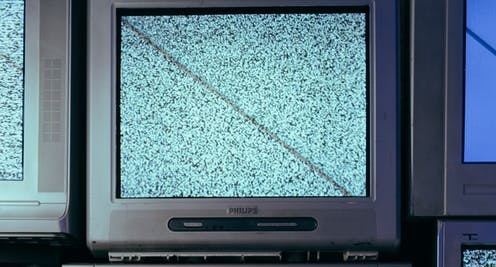Study shows white noise can help with cognitive difficulties.
Research has shown that children with attention difficulties, primarily those with attention-deficit hyperactivity disorder (ADHD), are able to keep their dopamine levels functioning properly and maintain focus when they can occupy their hands or listen to background noise that enables them to do so. In other words, engaging in a “background” activity enables those who struggle with attention issues to home in on the “foreground” task or conversation at hand. Now, a new study has shown that those with ADHD might have improved cognitive functioning when there is white noise. The study, from Norway, has found that children with attention difficulties solve cognitive tasks better when they are exposed to auditory noise. Cognitive abilities include tasks such as memory, reading, and non-word decoding.
“The white noise to which we exposed the children, also called visual pixel noise, can be compared with giving children glasses. The effect on reading and memory was immediate,” explained Göran Söderlund, Senior Lecturer in Education at the University of Gothenburg and Professor of Special Education at the Western Norway University of Applied Sciences.
Approximately 80 students from the Småland area of Sweden who asked to participate in the research. These children were selected after completing a word recognition test and were split into three groups: good readers, those with some difficulty, and those with significant difficulty, including phonological impairments.

“The children were asked to read a dozen words while being exposed to four different levels of visual white noise (from zero to high),” the team indicated in their report. The test assessed how many words the children could read properly and how many words they were able to recall after the exam.
Overall, results showed that the group with the highest level of reading difficulty, particularly phonological difficulties, performed notably better when exposed to visual pixel noise. They read more words correctly, and also were “able to recall words in the moderate noise conditions. The white noise had no effect or negative effects on the good readers and those with only minor reading problems,” the team reported.
“This is the first evidence of visual white noise having effects on higher level cognition, in this case both reading and memory,” said Söderlund. And he noted that there was a level of white noise that was most optimal. Söderlund explained, “We saw that when we exposed the children to a medium level of white noise, their reading improved. However, their reading skills were less good when there was no noise or a high level of noise. These results show that children with reading and writing difficulties can be helped with an incredibly simple intervention. Adjusting screens in school or at home, we hope to be able to resolve their problems at a stroke.”
He noted there needs to be more studies that build upon the team’s findings in order to determine significance and hopes to, himself, further investigate.
“It’s worth exploring, as we just don’t know,” Söderlund suggested. “This first study of ours is basic research. But our results show that the children improved immediately, so it’s important to continue with new studies to establish whether this simple measure, which everyone can do on their own laptop, will actually provide enduring help for these children.”
Sources:
Flickering screens may help children with reading and writing difficulties


Join the conversation!